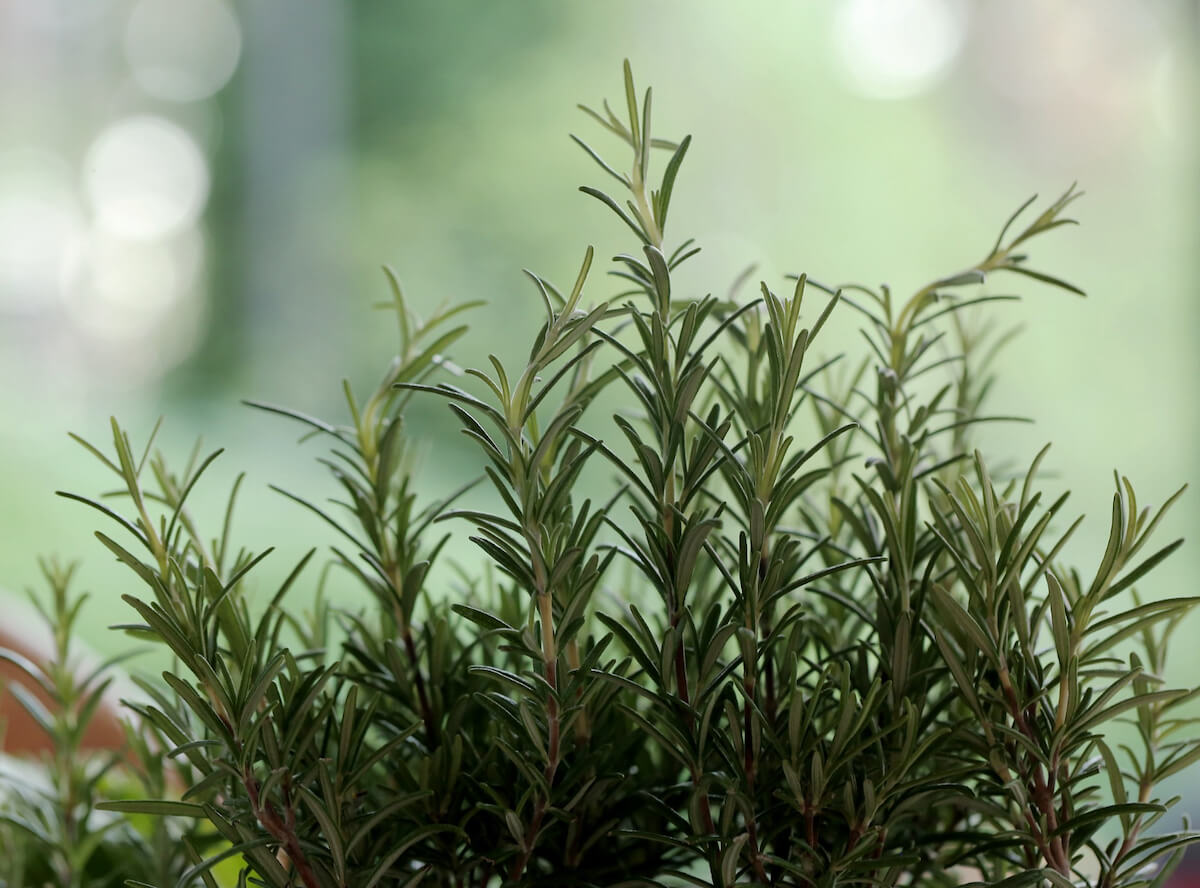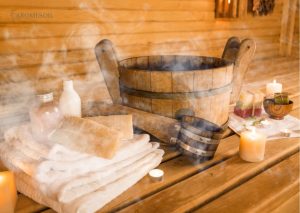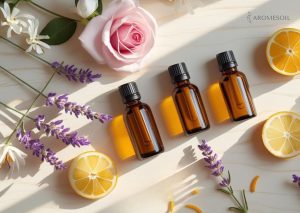Introduction
Have you ever wondered what essential oils are and why so many people are talking about them? Essential oils are concentrated extracts obtained from plants that capture their aroma and unique properties. These oils have been valued for centuries for their variety of uses in enhancing ambiance, personal care, and home applications. In this article, we’ll explore everything you need to know about essential oils, from their history to their modern applications.
Origin and Extraction of Essential Oils
Plants Used
Essential oils are derived from various parts of plants, such as flowers, leaves, bark, and roots. Each plant produces oils with unique properties. For example, lavender is known for its calming effects, while eucalyptus is popular for its respiratory benefits.
Extraction Methods
There are several methods to extract essential oils, with steam distillation and cold pressing being the most common. Steam distillation involves passing steam through plants to release their oils, which are then condensed and collected. Cold pressing is mainly used for citrus oils, where the peels are pressed to release the oil.
Types of Essential Oils
Common Essential Oils
Some essential oils are widely known and used, such as lavender, peppermint, rosemary, and lemon oils. These oils are appreciated for their variety of applications, from enhancing ambiance to adding natural fragrances to personal care products.
Rare and Exotic Oils
There are also less well-known but equally valuable essential oils, like cistus, tansy blue, and helichrysum italicum. These oils are often more expensive due to the difficulty of extraction and their unique aromatic profiles.
Uses of Essential Oils
Physical Uses
Essential oils are often used in massage blends to create a soothing sensory experience. For example, diluted peppermint oil can provide a refreshing sensation.
Emotional Uses
Aromatherapy involves using essential oils to enhance the ambiance of a room, promoting a pleasant and relaxing environment. Lavender and bergamot oils are popular choices for their calming and uplifting aromas.
How to Choose High-Quality Essential Oils
Factors to Consider
When choosing essential oils, look for products that are 100% pure, without additives or synthetic oils. Ensure the botanical name of the plant is listed on the label and that the extraction method is appropriate.
Precautions and Safety
Proper Dilution
Always dilute essential oils before applying them to the skin. A common concentration is 2-3 drops of essential oil per 10 ml of carrier oil.
Allergic Reactions
Perform a patch test before using a new essential oil to ensure it does not cause an allergic reaction.
Safe Use for Children and Pets
Some essential oils are not safe for children and pets. Consult with a professional before using essential oils in these cases.
Practical Applications of Essential Oils
In the Home
Essential oils can be used to clean and disinfect surfaces, create natural air fresheners, and repel insects.
In Personal Care
Incorporate essential oils into your skincare and haircare routines to add a refreshing fragrance or to enhance the overall sensory experience.
Conclusion
Essential oils are versatile products that can enhance daily life in many ways. From their uses in personal care and creating pleasant atmospheres to practical applications in the home, essential oils offer a natural way to enrich your surroundings. So, the next time you want to elevate your home ambiance or unwind, consider essential oils as a natural and enjoyable option.



